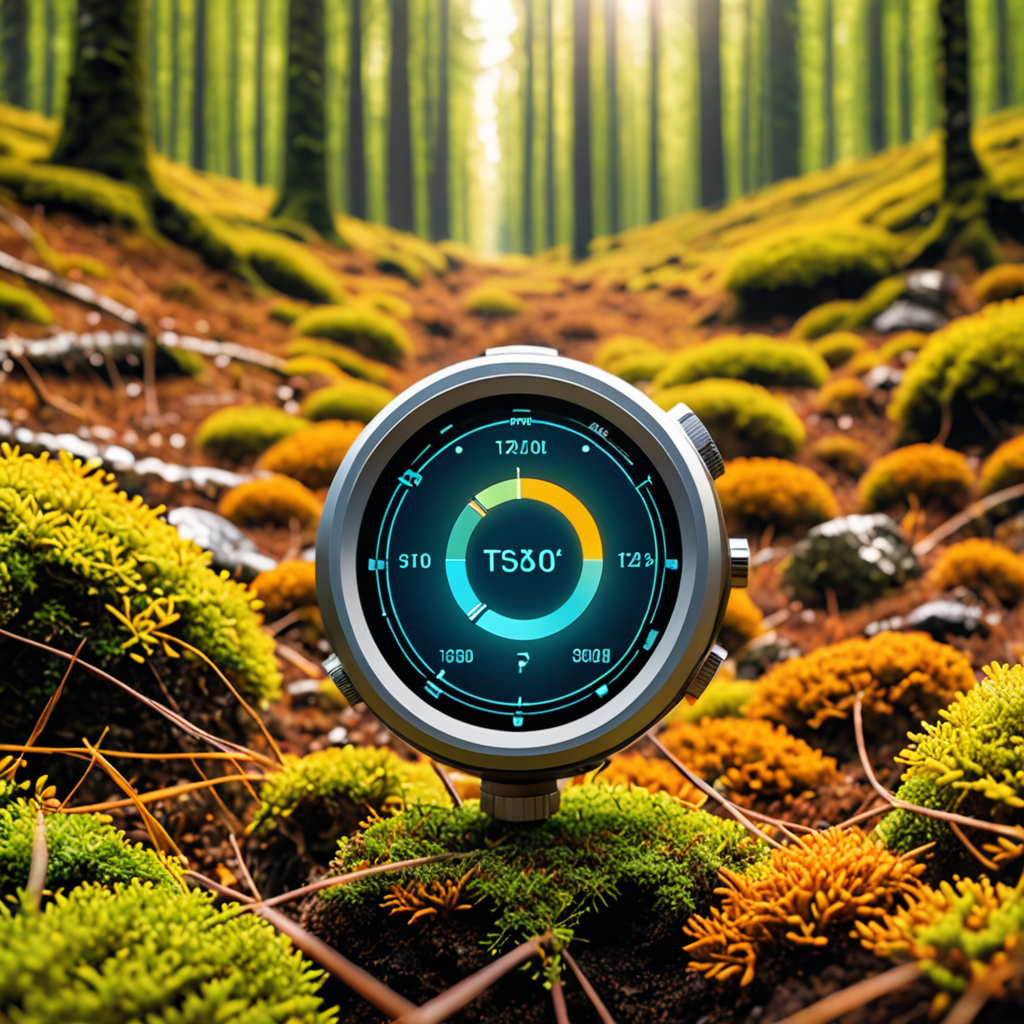Nanotechnology in Environmental Monitoring: Monitoring the Environment with Nanotech
The Role of Nanotechnology in Environmental Monitoring
Nanotechnology is revolutionizing environmental monitoring by providing highly sensitive and accurate tools to detect pollutants, contaminants, and other environmental hazards. Nanotech involves the manipulation of materials at the nanoscale, enabling the development of sensors and devices that can detect trace amounts of substances in the environment.
Nanomaterials in Environmental Sensors
Nanomaterials, such as carbon nanotubes, graphene, and nanoparticles, have unique properties that make them ideal for sensing applications. These materials can be functionalized to selectively interact with specific pollutants, allowing for the precise detection of contaminants in soil, water, and air.
Applications of Nanotechnology in Environmental Monitoring
Nanotechnology is being used in various environmental monitoring applications, including:
– Water quality monitoring: Nanosensors can detect heavy metals, pesticides, and organic pollutants in water sources.
– Air quality monitoring: Nanoparticle-based sensors can identify air pollutants like volatile organic compounds and particulate matter.
– Soil quality monitoring: Nanomaterials can assess soil contamination levels by detecting heavy metals and industrial chemicals.
Advantages of Nanotech in Environmental Monitoring
The integration of nanotechnology in environmental monitoring offers several advantages, such as:
– Increased sensitivity and detection limits.
– Real-time monitoring capabilities.
– Portability and miniaturization of sensors.
– Cost-effectiveness compared to traditional analytical techniques.
Challenges and Considerations
Despite its potential, nanotechnology in environmental monitoring also poses challenges, including concerns about the environmental impact of nanomaterials, scalability of production, and regulatory issues surrounding their use. Additionally, ensuring the reliability and accuracy of nanosensors in complex environmental matrices is crucial for their widespread adoption.
The Future of Environmental Monitoring with Nanotechnology
As research and development in nanotechnology continue to advance, the future of environmental monitoring looks promising. The integration of nanotech in sensor technologies is expected to enhance monitoring capabilities, providing policymakers, scientists, and the public with valuable data to address environmental challenges and ensure sustainable resource management.
Conclusion
In conclusion, nanotechnology plays a vital role in revolutionizing environmental monitoring by offering innovative solutions for detecting and analyzing environmental pollutants. The use of nanomaterials and nanosensors holds great promise for improving our understanding of environmental threats and facilitating proactive measures to safeguard our ecosystems. As we harness the power of nanotech in environmental monitoring, we move closer to a more sustainable and resilient future.
FAQs about Nanotechnology in Environmental Monitoring:
What is nanotechnology in environmental monitoring?
Nanotechnology in environmental monitoring refers to the use of nanomaterials and nanoscale techniques to detect and analyze pollutants, monitor air and water quality, and assess environmental health. These advanced tools enable precise and real-time measurements of various environmental parameters.
How does nanotechnology help in monitoring the environment?
Nanotechnology offers highly sensitive and selective tools for detecting pollutants at very low concentrations, allowing for early detection and intervention in environmental issues. Nanosensors, nanomembranes, and nanoparticles are used to monitor air, water, soil, and other environmental components effectively.
What are the advantages of using nanotech for environmental monitoring?
Nanotechnology enhances the accuracy, sensitivity, and speed of environmental monitoring systems. It enables continuous monitoring, miniaturization of devices, and remote sensing capabilities. Additionally, nanotech-based monitoring is cost-effective, requires less sample volume, and reduces the need for manual interventions.
Are there any challenges or risks associated with nanotechnology in environmental monitoring?
While nanotechnology offers promising solutions for environmental monitoring, challenges such as potential toxicity of nanomaterials, regulatory concerns, and the need for standardized protocols exist. Ensuring the safe disposal of nanoproducts and addressing public apprehensions are also important considerations in the deployment of nanotech



